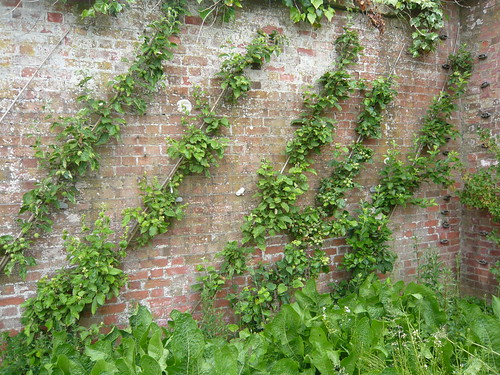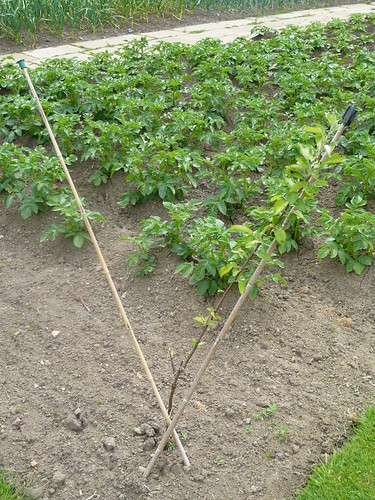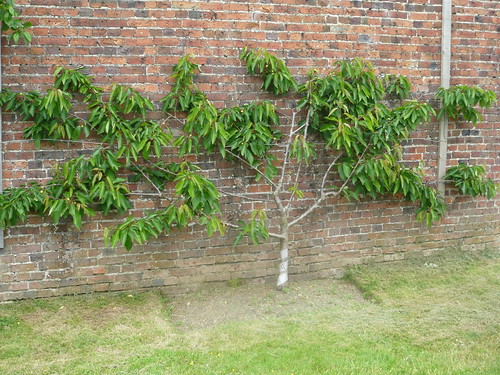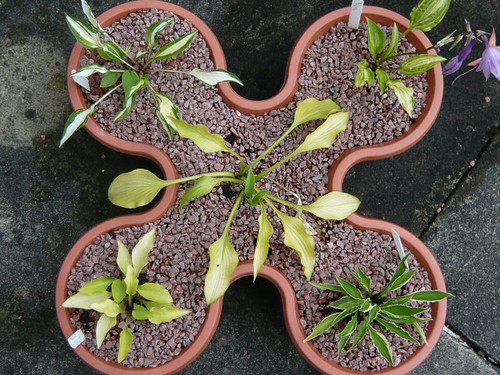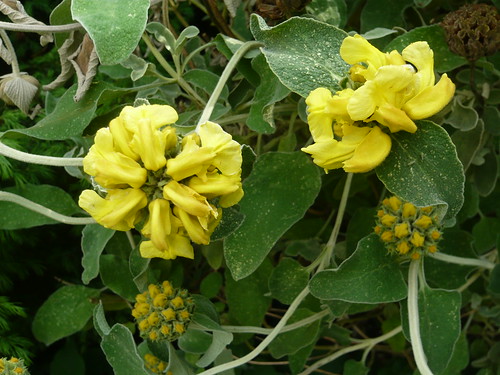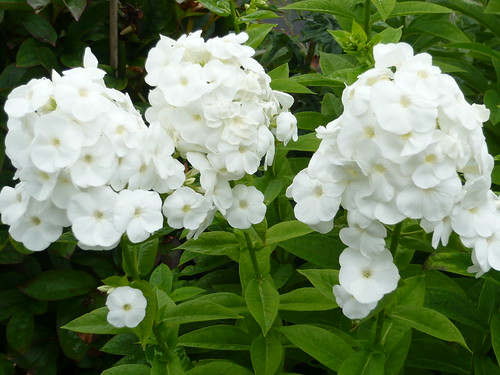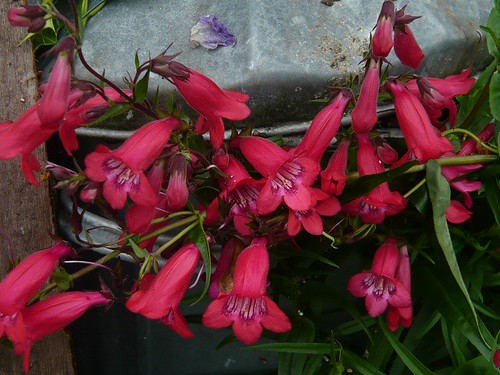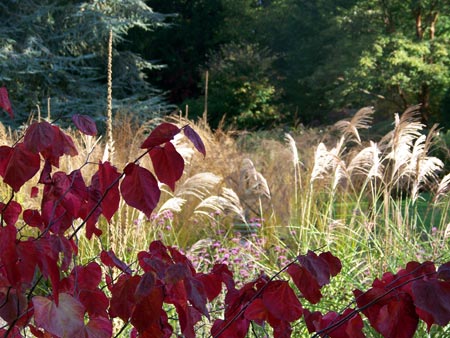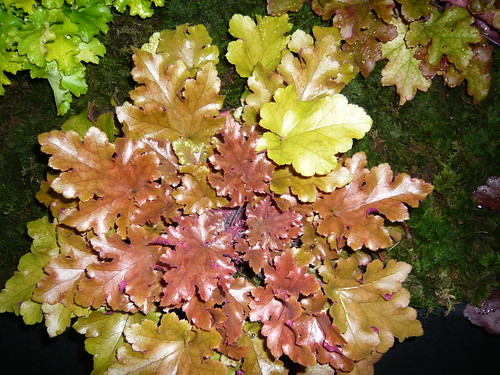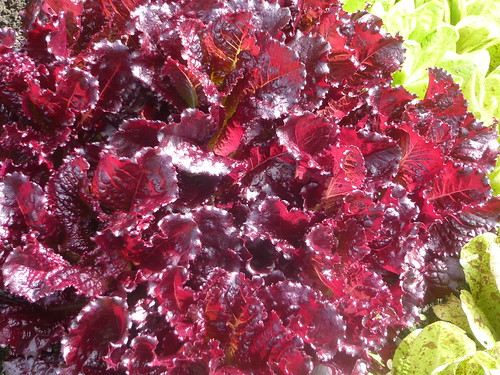Fruit Tree Training and Styles
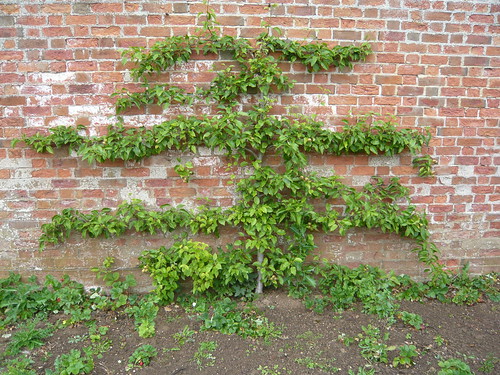
Espalier trained fruit trees can make the best of a south facing wall. In this style of training peaches, nectarines and apricots can be grown.
Large areas can be covered by just one plant.The branches are tied in the horizontal position and pruned to stay in formation.
Space is saved in comparison to a round tree with a central leader by having only a narrow width away from the wall.
Training against a wall or on strong wires using cordons is often a good method for growing Apples.
Chose your variety and root stock with cordons in mind.
This Gooseberry is trained as an upright. This is often called a leg and is used to make picking easier. You can also get more plants into a smaller area. The style and method is the similar to that used for growing a standard.
I wonder how this V shaped cordon is growing on 2 seasons later. You can just see the second branch starting to grow on the left.
